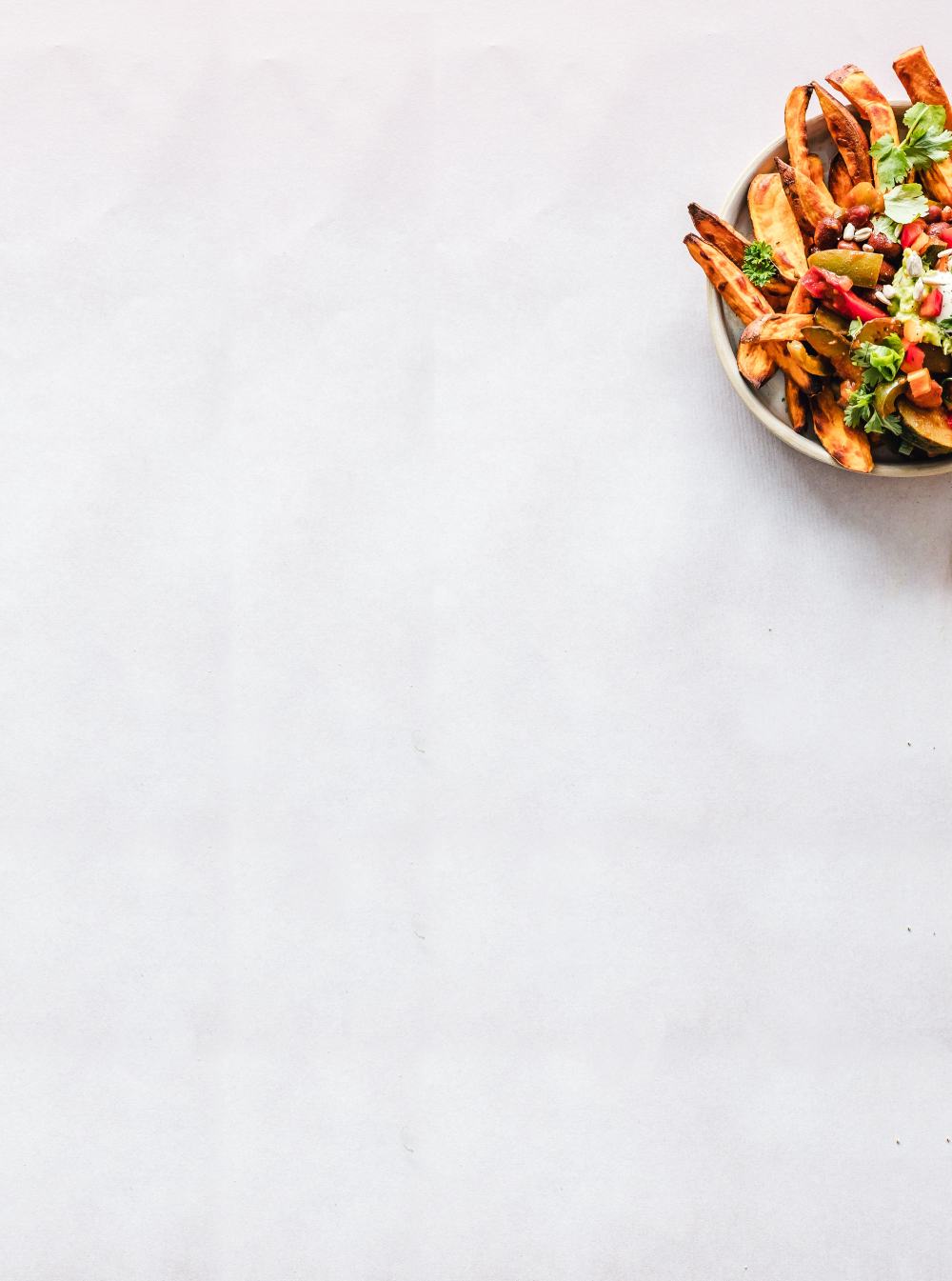Cow's milk is produced by specifically bred dairy cows with each one averaging 8,004 liters of milk per year. For a dairy cow to produce milk they must have been impregnated and given birth.
23%Other
Females
Culled males
Veal males
Females
6 years
Culled males
1 day
Veal males
6-8 months
Birth
Natural life expectancy









